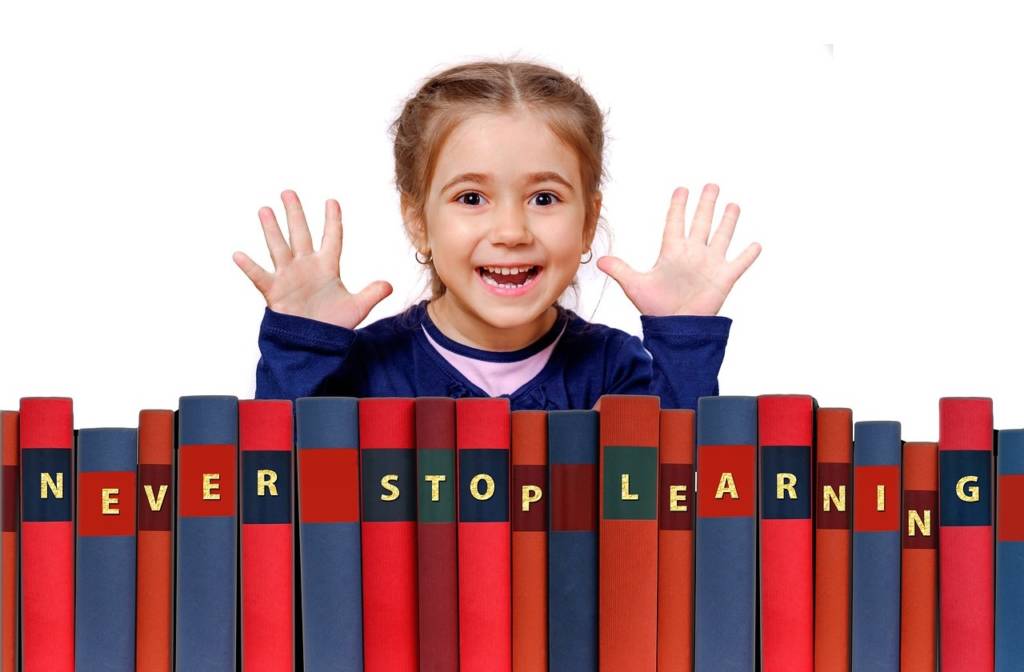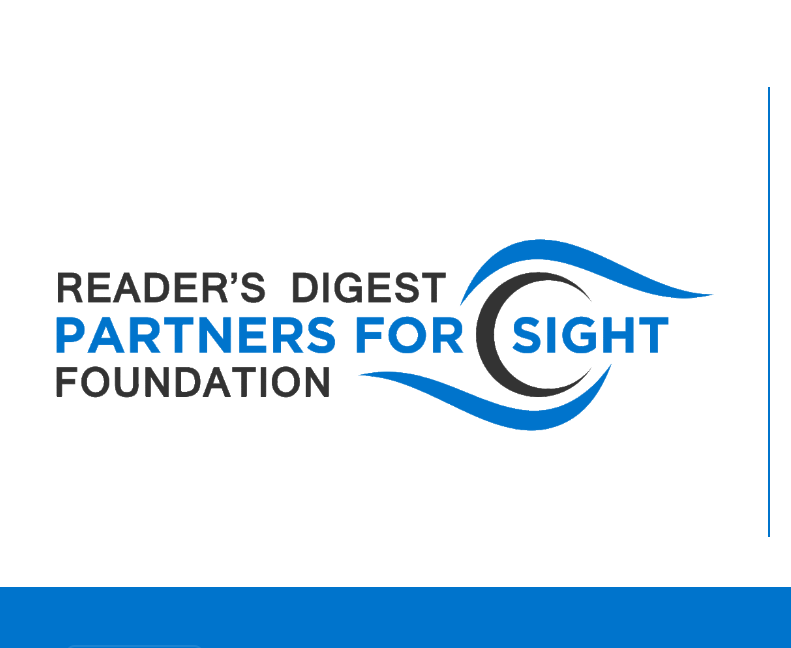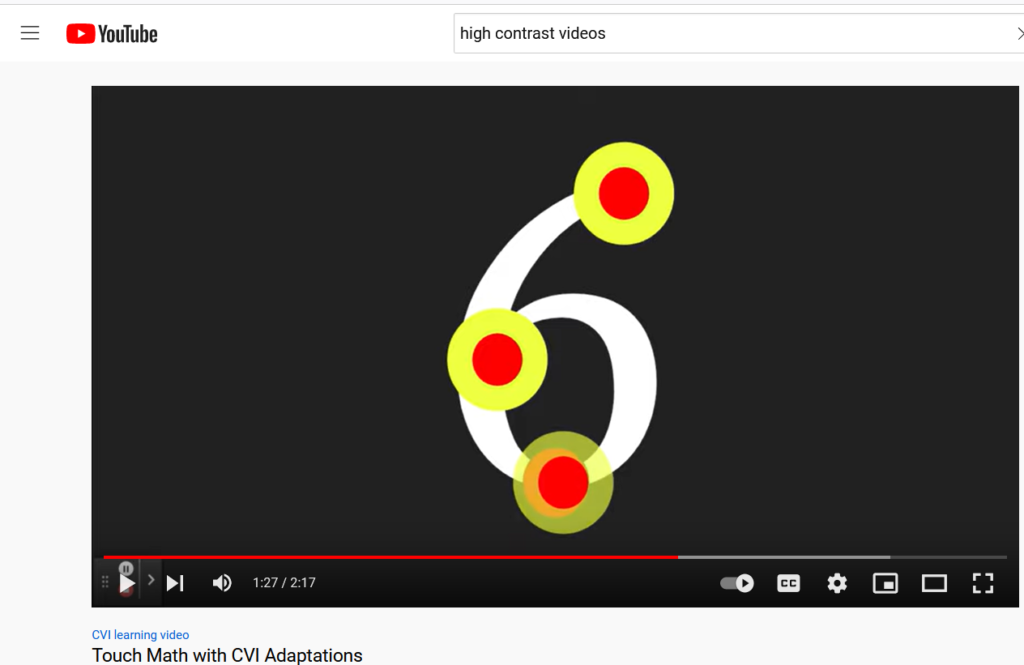From the moment a child is born, the journey of learning to integrate sensory information begins; vision combines with touch to help the infant make sense of what is perceived through the auditory sense. Vision and hearing are the two senses that allow access from a distance to people, objects, actions and the environment. Consequently, when a child is born with a visual impairment, or becomes visually impaired at an early age, the journey of learning to make sense of the world is altered, requiring a deliberate focus on the development of the senses of hearing and touch. In this case, the development of listening skills becomes essential, necessitating that families and educators deliberately address this important avenue of learning. The auditory sense is now a primary avenue for learning in all aspects of life and especially in school. This blog explores some key aspects of integrating listening skill development with literacy skill instruction for school-aged children. It will be divided into three sections, beginning with a focus on infants and toddlers – preschool and kindergarten aged children.
- In the Beginning
- Preschool and Kindergarten
- Listening and Concept Development
- Learning to Listen in the Classroom
- Circle Time
In the Beginning
Typically, infants and toddlers with visual impairment must be taught to make sense of the sounds around them by parents, caregivers and other family members. Simply put, this entails:
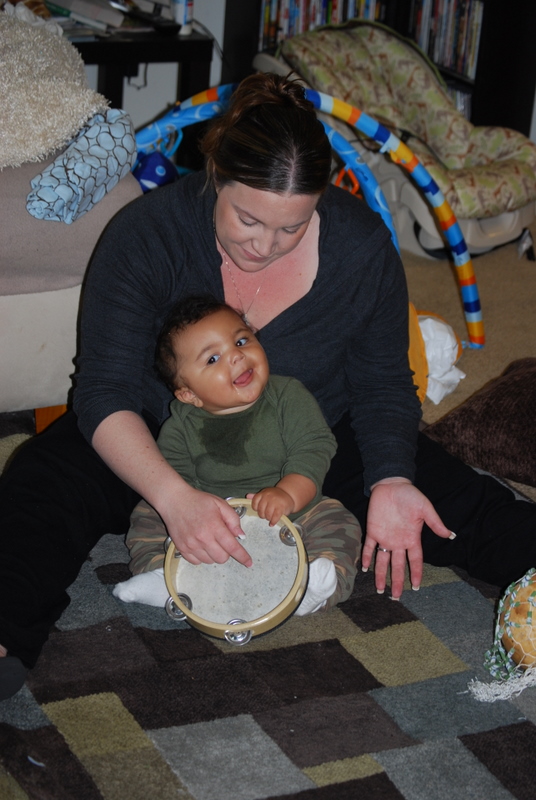
- moderating the sound environment so that attention can be drawn to the auditory information that is pertinent,
- learning to interpret and respond to the listening behaviors of these young children
- providing appropriate activities
- providing language and guidance within meaningful daily routines.
It is essential that a solid foundation of auditory perceptual skill (the interpretation of sound) be established for infants and toddlers in order to prepare them for the more complex environments of school and the community. The sidebar below provides strategies for supporting the development of these skills for infants and toddlers.
Preschool and Kindergarten
When entering preschool, children begin to formally learn literacy skills; they will learn about book appreciation and knowledge, phonological awareness, alphabet knowledge, print concepts and conventions, and early writing skills. These skills are integrated with continuous emphasis on receptive and expressive language development. Learning to understanding auditory information plays an important roll in the development of language and literacy skills, especially for children with visual impairments; it is through skilled listening that they will be able to attend to classroom instruction and participate fully with peers with true comprehension. Three areas of listening skill development: concept development, learning to listen in the classroom, and listening during circle time are explored below.
Listening and Concept Development: Building a Foundation for Understanding
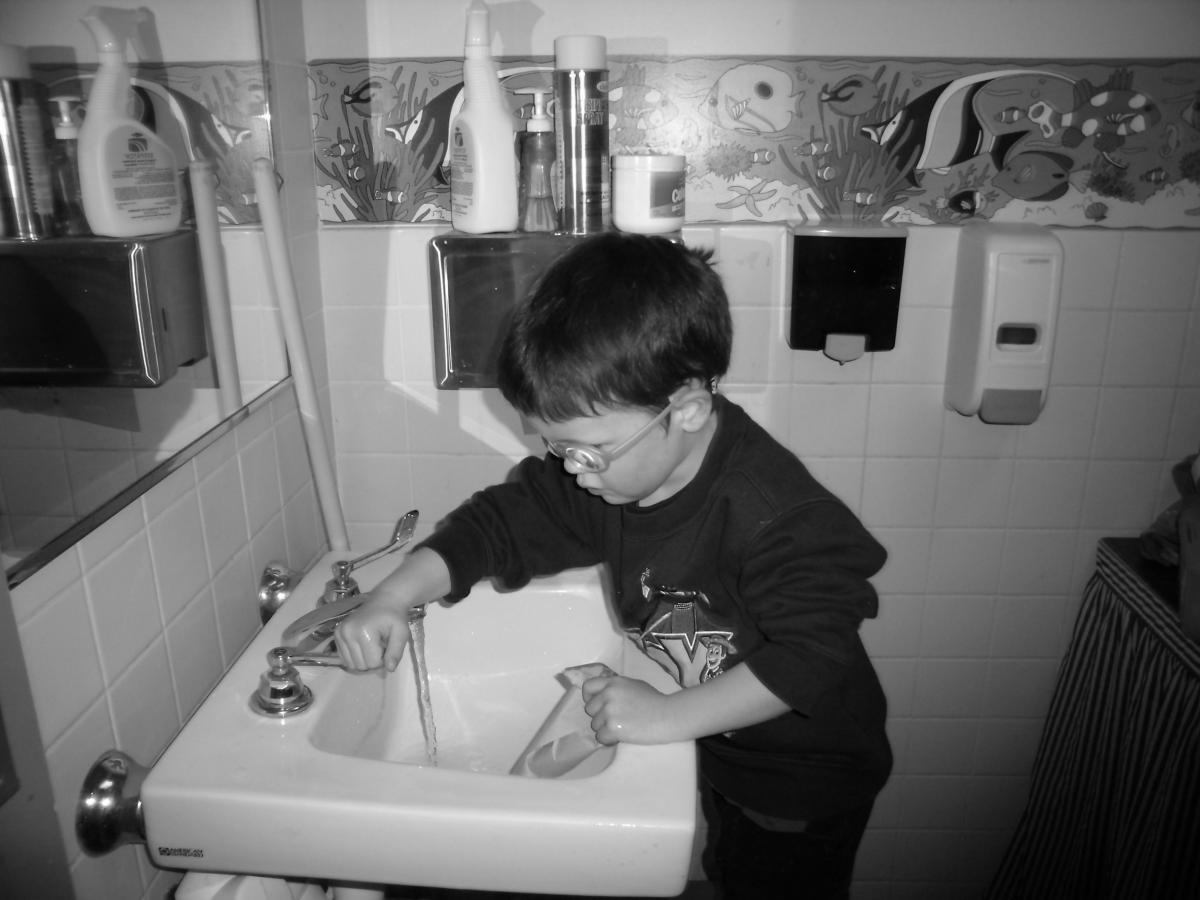 Concept development has long been regarded as one of the most crucial aspects of learning for young children with visual impairments. It is especially essential for early literacy and following directions in the classroom (Ferrell, 2011, Dunst & Gorman, 2011). Once in school, children are presented with new objects, ideas and directions during activities that are outside of their daily routine experiences. This is why it is so vital that parents and professionals pay particular attention to the role that listening skill development plays in concept development. New vocabulary, including terms and directions that are heard in the classroom and words that will be encountered when listening to stories, should be targeted for instruction using the following strategies that will enhance concept development and therefore, listening comprehension.
Concept development has long been regarded as one of the most crucial aspects of learning for young children with visual impairments. It is especially essential for early literacy and following directions in the classroom (Ferrell, 2011, Dunst & Gorman, 2011). Once in school, children are presented with new objects, ideas and directions during activities that are outside of their daily routine experiences. This is why it is so vital that parents and professionals pay particular attention to the role that listening skill development plays in concept development. New vocabulary, including terms and directions that are heard in the classroom and words that will be encountered when listening to stories, should be targeted for instruction using the following strategies that will enhance concept development and therefore, listening comprehension.
- Carefully analyze the vocabulary of classroom instruction and directions to determine concepts that should be explicitly demonstrated. Expressions such as, “raise your hand before giving your answer”, “sit on the rug with your legs crossed” and “line up at the back of the classroom” will require modeling and demonstration for new students.
- When providing directions during activities, use short simple sentences with easily understood information about what is happening, such as “Put the cup in the water. It is warm and soapy,” rather than giving too much information. This allows the child to focus on what is being felt and heard, pairing these senses during the experience. Ask the child to describe what is felt and heard.
- When presenting new ideas and concepts, link them to the child’s prior experiences.
- Analyze stories that are read aloud to identify new vocabulary. Explain the new words and provide objects and hands-on experience to clarify concepts whenever possible.
- Provide sensory experiences whenever possible, combining sound, objects with touch, and action with simple language of description.
- Encourage parents to help expand their child’s understanding of the new vocabulary and concepts heard in stories read aloud, by suggesting activities at home that will enhance understanding. A story about a pig in a mud puddle could be followed by a suggestion to parents to make mud to play in at home.
Learning to Listen in the Classroom
Beginning in preschool and by kindergarten children are learning to listen and maintain attention when in a one-on-one session with an adult, working in a small group of students, and when receiving instruction with the entire class sometimes seated in chairs at tables or on a rug on the floor with legs crossed. The classroom environment is often noisy and very stimulating, requiring students to learn which sounds are most important (auditory figure ground), such as the teacher’s voice during instruction or story time, or a classmate’s voice when it is his or her turn to speak. The following strategies will be helpful to young students who are learning to listen in the busy classroom environment:
- Teach everyone to use the child’s name whenever speaking to him/her, especially during instruction.
- Teach children to identify themselves when approaching or talking to the student with visual impairment.
- Encourage classroom teachers to routinely use the names of all children so that the child with visual impairment knows who is called upon or is involved in an activity.
- Encourage teachers to call on the student regularly. If a child knows that he/she is a valued participant, he/she is more likely to maintain attention.
- Choose classroom environments that have less on-going extraneous noise in the environment, including background music, and continuous talking.
Circle Time
For most children in preschool and kindergarten, a key time of instruction is “circle time”, usually a routinely structured class period in which many key curriculum concepts are taught, including information about:
- attendance and names of classmates
- seasons
- holidays
- months of the year
- days of the week
- counting days on the calendar
- oral counting
- weather
- early literacy skills such as the alphabet and sounds
- beginning word reading
As these important early curriculum concepts are introduced, children are also taught to share information about their homes and family life, to listen to their classmates, to take turns, and to participate in collaborative problem-solving. This is an especially important time of the school day to ensure that listening support is provided to children with visual impairments so that they will be able to take full advantage of these important social cognitive skills along with their peers. The circle time strategies listed below can help provide them with that support.
See Strategies for Helping Children with Visual Impairments to Develop Listening Skills.
The sound environment in preschool and kindergarten is rich and complex. Listening skill development will improve awareness and understanding of the environment, increasing security and encouraging curiosity. By providing careful support and deliberate instruction in listening skill development, children with visual impairments will thrive and enjoy their early school experiences.
References
Barclay, L.A. & Staples, S. (2012). The Importance of Listening In Barclay, L. A. Learning to listen/listening to learn Teaching listening skills to students with visual impairments. (p. 6) New York: AFB Press.
Byrnes, K. (2012). Preschool and kindergarten: early skill development. In Barclay, L. A. Learning to listen/listening to learn Teaching listening skills to students with visual impairments. (p. 92) New York: AFB Press.
Dunst, C. J. & Gorman, E. (2011). Tactile and object exploration among young children with visual impairments. Center for Early Literacy Learning reviews. Volume 4 Number 2
Ferrell, K. A. (2012). “Assessment of concepts for young children with visual impairments”. Association for Education & Rehabilitation of the Blind & Visually Impaired, July 20, 2012. Power Point Presentation.
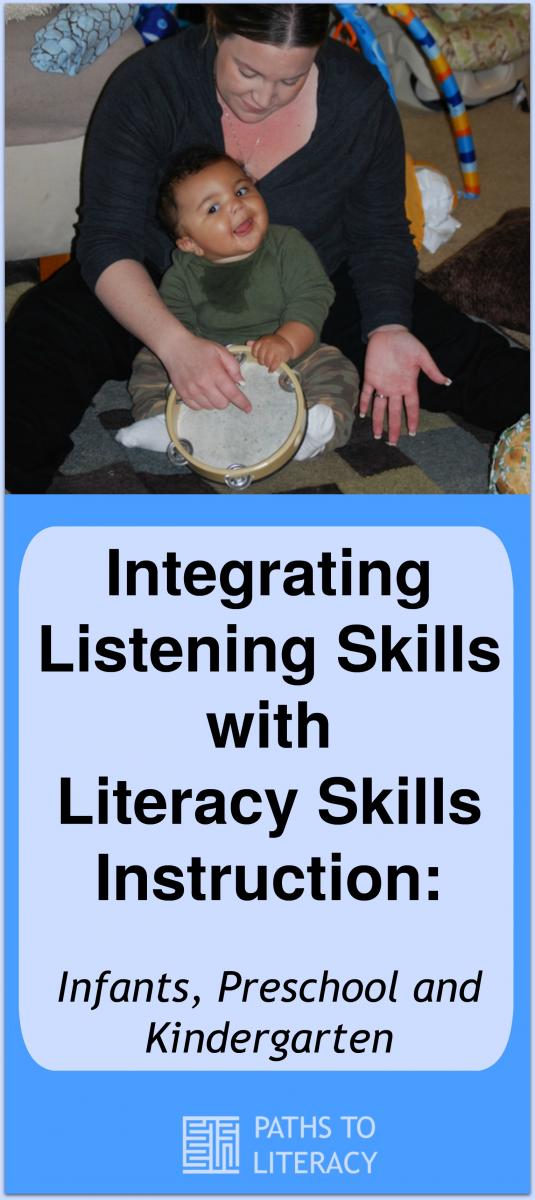
Reprinted with permission from L.A. Barclay “The Importance of Listening” (p. 6) and K. Byrnes “Preschool and kindergarten: early skill development” (p. 94), in Learning to Listen/Listening to Learn: Teaching Listening Skills to Students with Visual Impairments, Lizbeth A. Barclay, Editor, Copyright ©2012 by AFB Press, American Foundation for the Blind. All rights reserved.

